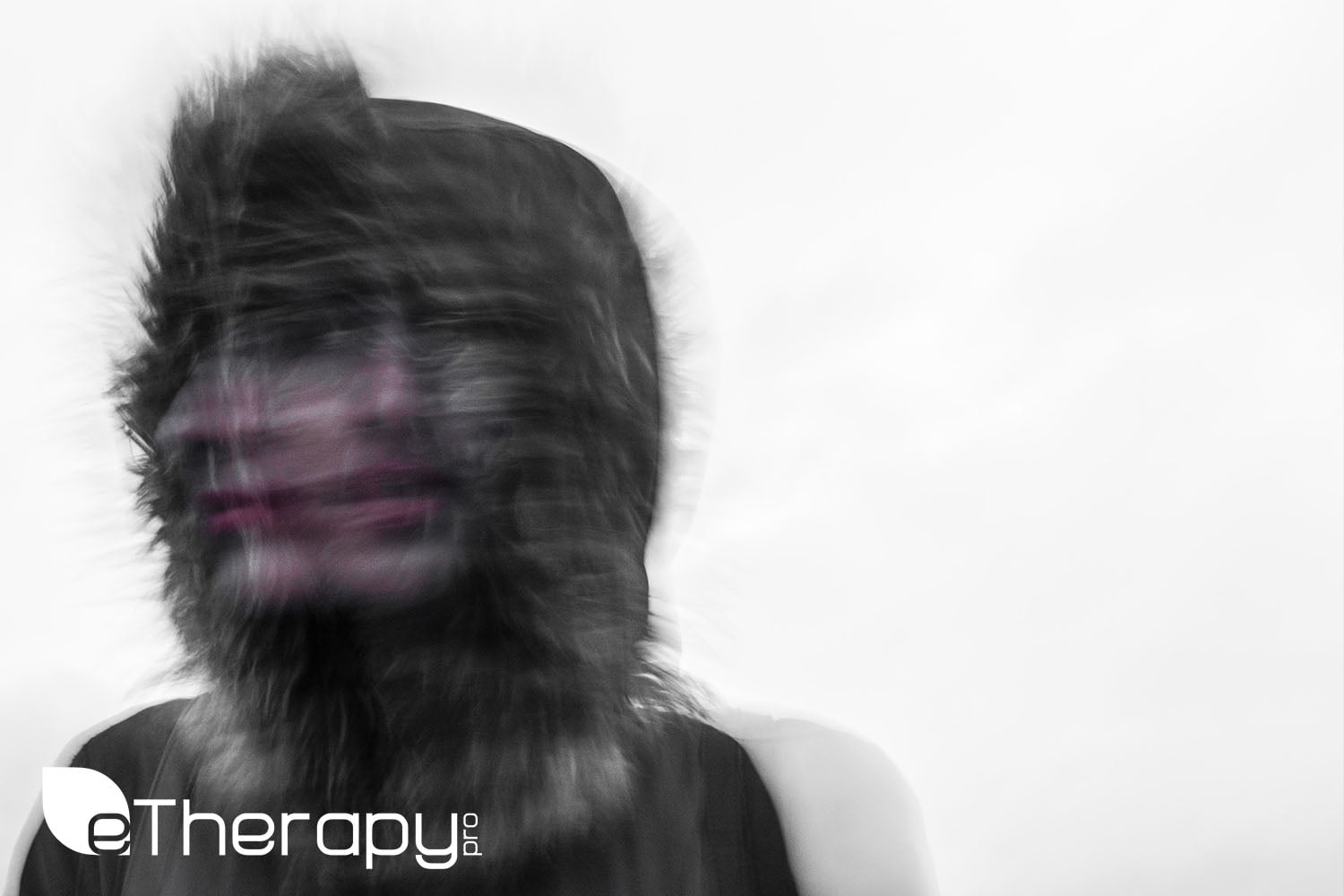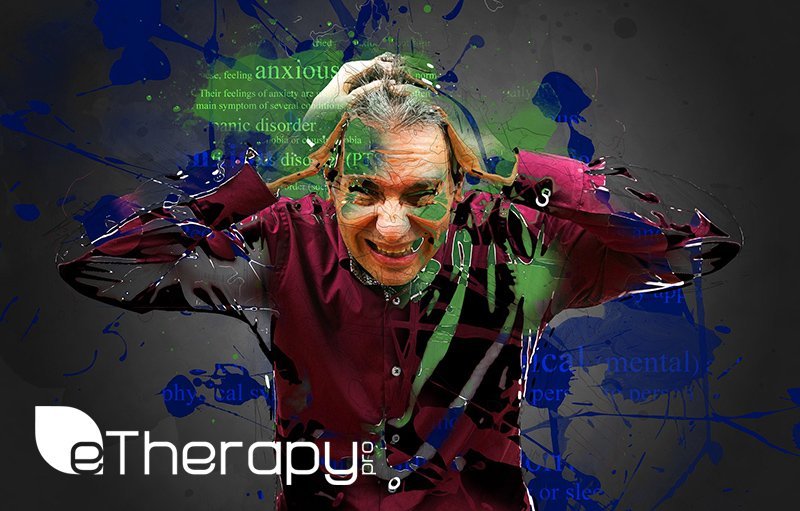History of Anxiety Disorders
What we now refer to as anxiety disorders (panic attacks, obsessive-compulsive disorder, post-traumatic stress disorder, generalized anxiety disorder, social anxiety, etc.) were experienced by many people throughout the history of mankind. They were often misunderstood, abandoned in asylums, treated inhumanely, and otherwise mistreated. Anxiety disorders were first officially recognized by the American Psychiatric Association in 1980. Before this time, those suffering in this way might receive a general diagnosis of “nerves” or “stress.” Medical professionals had no training and little understanding; thus very few people received effective treatment. Even if you do not have an anxiety background, the problem can appear. So, you must not take the problem lightly.
Ineffective treatments of the past included herbal preparations, hydropathy (exposing the body to extreme temperatures), harmful drugs, and electroshock therapy. During the American Civil War era soldiers suffering from shellshock (what we call PTSD today) were often treated with opium and other calming but addictive drugs.
Fear exposure therapy came into practice in the 1950s. A patient is systematically exposed to the trigger of their fear to desensitize them and lessen their anxiety or phobia. This method is still in use today. Whether or not you have a history of anxiety disorders, it is necessary to take proper precautions.
In the 1990s doctors began treating patients with anxiety with antidepressant drugs. They discovered that there was a chemical component that was shared between those with depression and those with anxiety.
Anxiety is the most common form of mental illness in the United States.
According to the Anxiety and Depression Association of America (ADAA), over 40 million adults (persons over the age of 18) in the US suffer from some form of anxiety disorder. That is approximately 18% of the population. Of those, 7 million suffer from Generalized Anxiety Disorder (GAD) and 15 million suffer from Social Anxiety Disorder. Post Traumatic Stress Disorder (PTSD) affects approximately 7.7 million Americans.
A great many children and adolescents also suffer from various forms of anxiety disorders. According to the Anxiety and Depression Association of America (ADAA), one in eight children in the United States suffers from an anxiety disorder. With early treatment and support these children can learn to manage their anxiety and approach adulthood with their anxiety in check. https://adaa.org/living-with-anxiety/children#
From these numbers, it is clear that anxiety disorders are a pervasive problem in our society. Each of those 40 million adults has family members, loved ones, co-workers, friends, and neighbors who are also impacted by these disorders. Seeking effective treatment for these individuals is of great importance. The action must be taken when was anxiety discovered. Feel free to contact us if you are willing to take help from online counseling.



